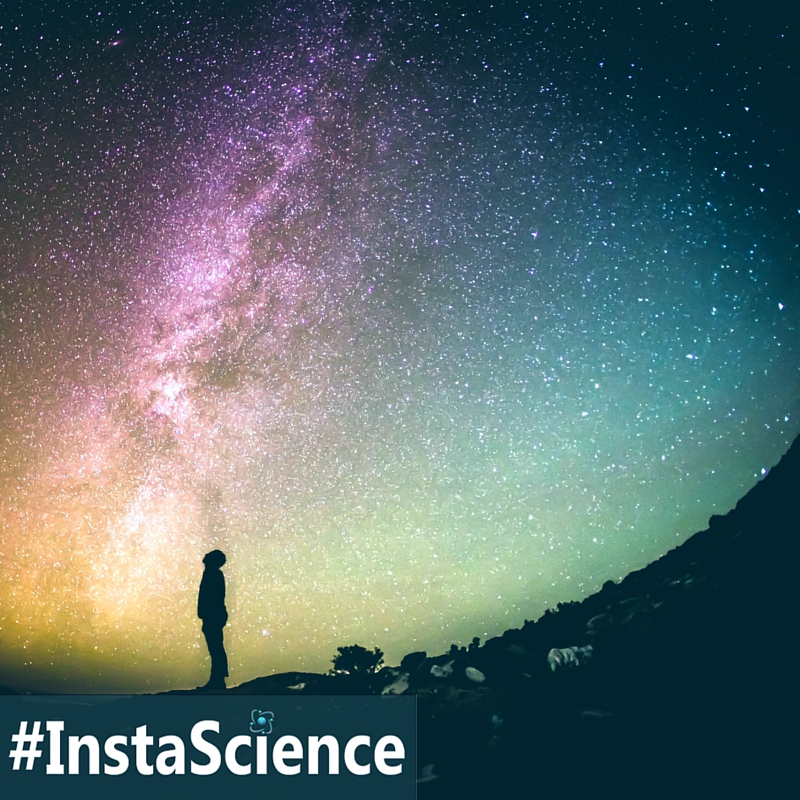
What? You have never heard of Look up in the Sky Day?
Well, neither had I until I made it a point to learn about strange holidays this year. Apparently Look up in the Sky Day is celebrated every April 14th and we are going to spend a bit of time tonight looking at the constellations.
The Big Dipper is hands-down one of the easiest constellations to recognize in the night sky. It’s characteristic bucket-shape and handle are hard to miss! But there are many more constellations in the night sky to learn about.
Constellations are patterns or shapes made by a group of stars in the sky. Many of these take the shape of animals, mythological creatures, and other objects. As of today, there are 88 named constellations that we can see at night.
Although not all of these shapes can be seen from one point on the earth. Constellations like Orion and the Big Dipper can be seen from the Northern Hemisphere, while constellations like the Crux and Sagittarius can be seen from the Southern Hemisphere. The seasons can also affect the position of the shapes in the night sky.
Over half of these constellations were named by Ancient Greeks, who also told stories about how these stars ended up clustered together in the night sky. Nowadays, astronomers use constellations to help them map out the night sky by breaking the sky into sections so that they can study and learn more about the stars in that particular regions.
Fun Fact – The sun is the only known star in the galaxy which does not belong to any constellation.
Teaching Science at Home
Want to learn more about constellations? Check out the following articles:
- Try to identify these fifteen constellations.
- {Video} Learn all about constellations — just like connect the dots!
- {Video} Watch the Crash Course Kids, Sabrina, chats about stars and constellations on this video.
Related Homeschool Science Activities
Keep the learning going with these science activities!
- Free constellation sewing cards and learning activity for kids here.
- Have fun while exploring the night sky while indoors with this DIY Constellation Flashlight activity.
 Sign up below to receive weekly tips & tools for homeschool science and we'll send you a FREE copy of
Sign up below to receive weekly tips & tools for homeschool science and we'll send you a FREE copy of